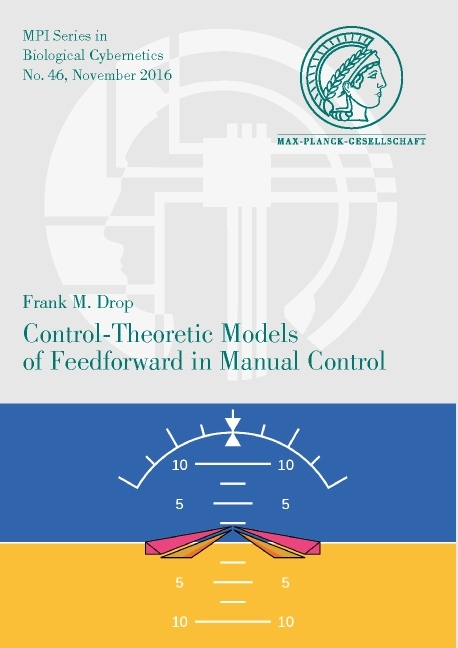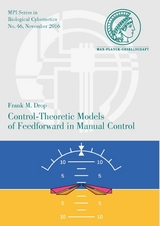Control-Theoretic Models of Feedforward in Manual Control
Seiten
Understanding how humans control a vehicle (cars, aircraft, bicycles, etc.) enables engineers to design faster, safer, more comfortable, more energy efficient, more versatile, and thus better vehicles. In a typical control task, the Human Controller (HC) gives control inputs to a vehicle such that it follows a particular reference path (e.g., the road) accurately. The HC is simultaneously required to attenuate the effect of disturbances (e.g., turbulence) perturbing the intended path of the vehicle. To do so, the HC can use a control organization that resembles a closed-loop feedback controller, a feedforward controller, or a combination of both. Previous research has shown that a purely closed-loop feedback control organization is observed only in specific control tasks, that do not resemble realistic control tasks, in which the information presented to the human is very limited. In realistic tasks, a feedforward control strategy is to be expected; yet, almost all previously available HC models describe the human as a pure feedback controller lacking the important feedforward response. Therefore, the goal of the research described in this thesis was to obtain a fundamental understanding of feedforward in human manual control. First, a novel system identification method was developed, which was necessary to identify human control dynamics in control tasks involving realistic reference signals. Second, the novel identification method was used to investigate three important aspects of feedforward through human-in-the-loop experiments which resulted in a control-theoretical model of feedforward in manual control. The central element of the feedforward model is the inverse of the vehicle dynamics, equal to the theoretically ideal feedforward dynamics. However, it was also found that the HC is not able to apply a feedforward response with these ideal dynamics, and that limitations in the perception, cognition, and action loop need to be modeled by additional model elements: a gain, a time delay, and a low-pass filter. Overall, the thesis demonstrated that feedforward is indeed an essential part of human manual control behavior and should be accounted for in many human-machine applications.
Die Kunst der Übersetzung
| Erscheinungsdatum | 16.11.2016 |
|---|---|
| Reihe/Serie | MPI Series in Biological Cybernetics ; 46 |
| Sprache | englisch |
| Maße | 145 x 210 mm |
| Einbandart | Paperback |
| Themenwelt | Technik ► Luft- / Raumfahrttechnik |
| Schlagworte | aircraft design • Feedforward • Human Factors • manual control • System Identification |
| ISBN-10 | 3-8325-4354-6 / 3832543546 |
| ISBN-13 | 978-3-8325-4354-9 / 9783832543549 |
| Zustand | Neuware |
| Haben Sie eine Frage zum Produkt? |
Mehr entdecken
aus dem Bereich
aus dem Bereich
Grundlagen, Mathematik, Kartenkunde, leistungsbasierte Navigation
Buch | Softcover (2022)
De Gruyter Oldenbourg (Verlag)
72,95 €
Das aktuelle Raumfahrt-Jahrbuch mit allen Starts
Buch | Softcover (2022)
Verein zur Förderung der Raumfahrt (Verlag)
18,90 €




